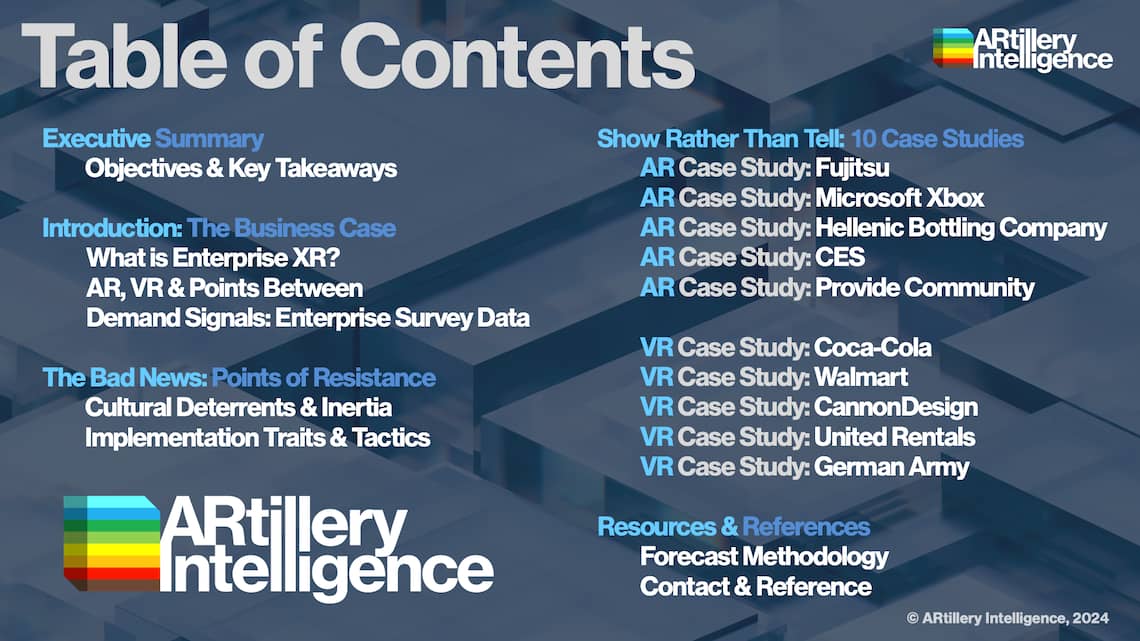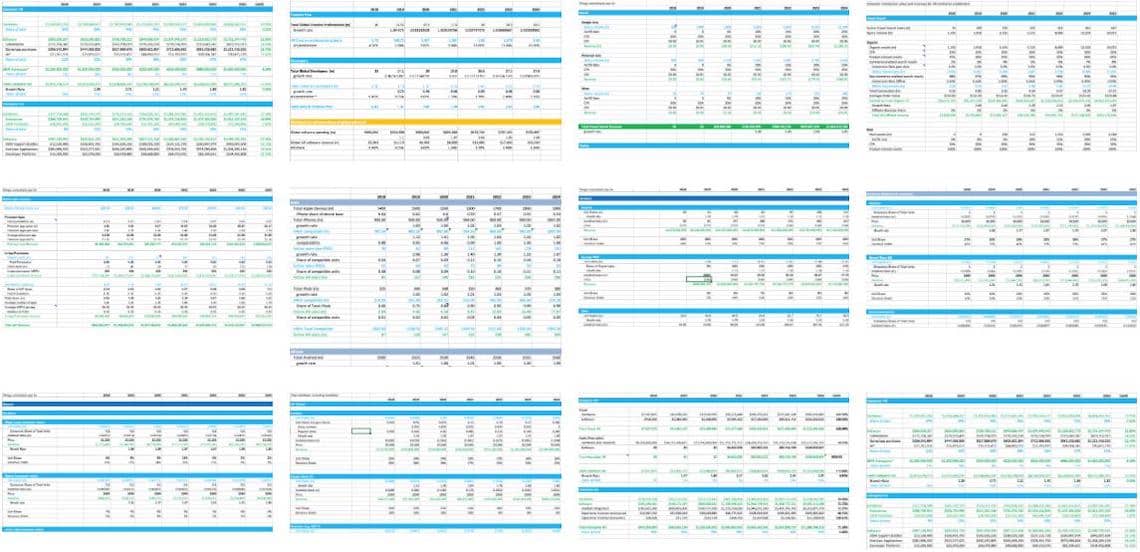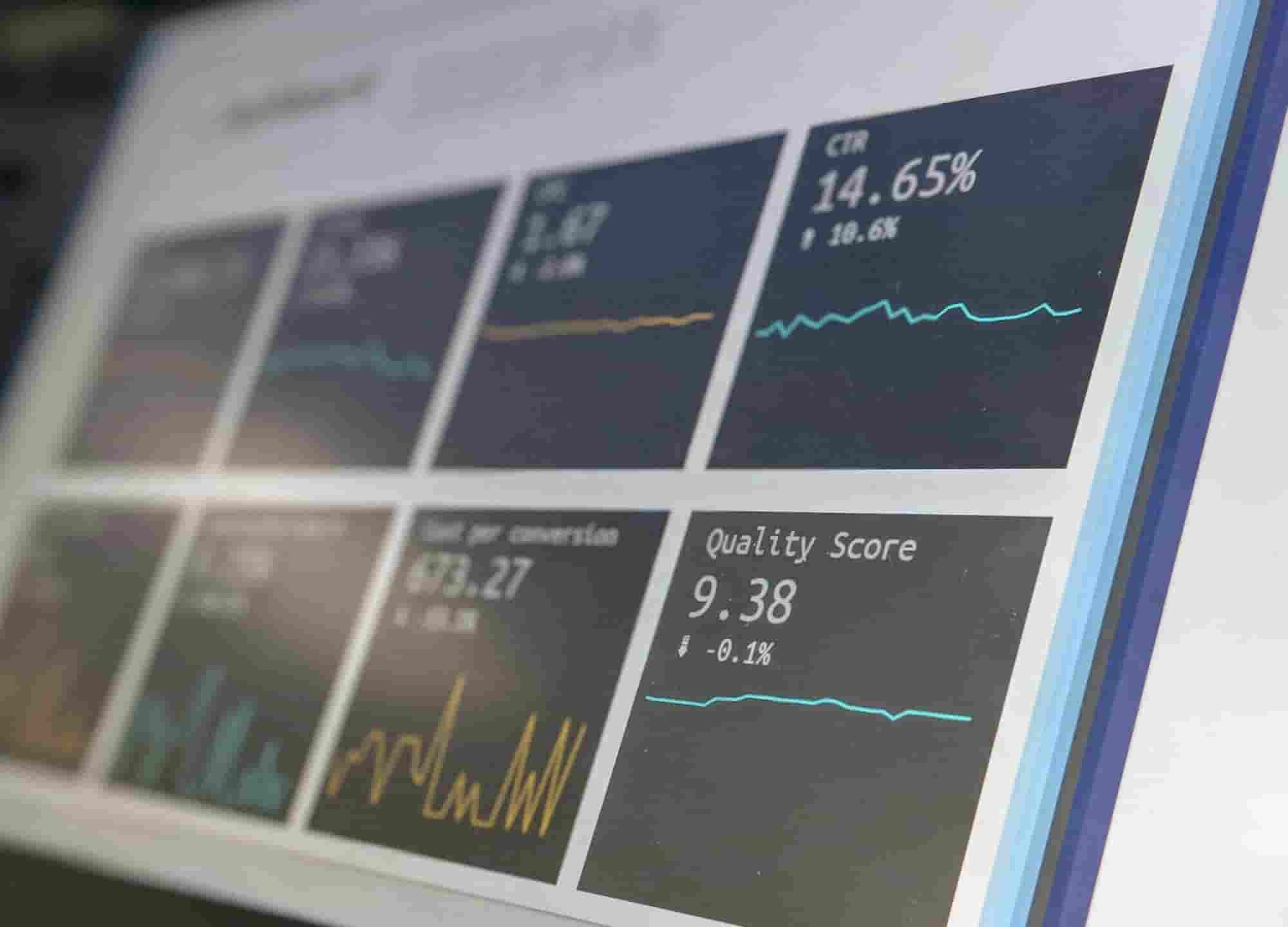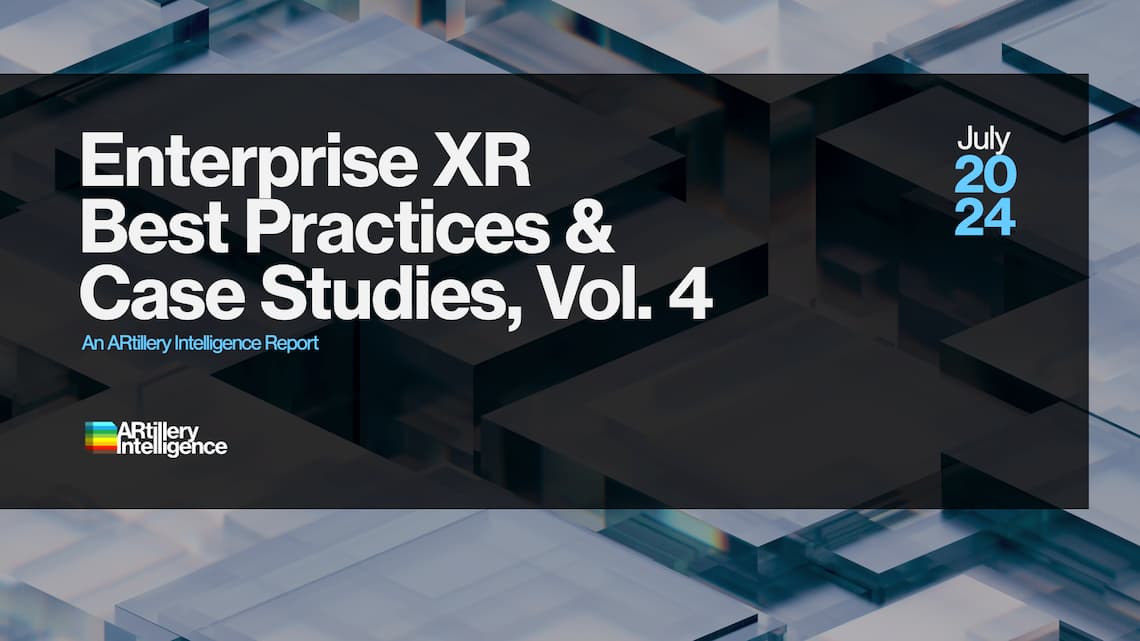
Most AR and VR commentary focuses on consumer markets. But consumer XR ubiquity is years or even decades away. This timeline is due to the state of the underlying technology and the design challenges in building hardware that’s graphically-robust and stylistically viable. Both factors are needed for consumer markets… yet both can’t be achieved today in a single device. Some innovators sidestep this dilemma with hardware that’s experientially-meaningful without graphical richness, such as Ray-Ban Meta Smartglasses (the topic of an upcoming report).
But while those workarounds and forward steps are being made in the consumer realm, XR finds fertile ground in the enterprise. Among other things, there’s less stylistic resistance in professional settings. More importantly, there’s a clearer business case for enterprise XR, such as productivity gains from line-of-sight guidance, or greater efficacy and efficiency in immersive training. These deployments span industrial settings (e.g., manufacturing) as well as corporate environments (e.g., design collaboration).
Specific use cases include AR visualization to support assembly and maintenance. It can also include visual guidance for IT field support. The idea is that AR’s line-of-sight orientation can make front-line workers more intelligent and empowered. Compared to the mental mapping they do with 2D instructions, visual support boosts effectiveness and safety while lessening cognitive load. And with VR, immersive experiences can boost memory recall and experiential learning in training scenarios across several job types.
In all the above modalities, benefits include speed, accuracy, and safety. These micro efficiencies add up to worthwhile bottom-line impact when implemented at scale. Macro benefits meanwhile include lessening job strain and the “skills gap” – all of which can help enterprises preserve institutional knowledge. But it’s not all good news. Though enterprise XR benefits are valid, several roadblocks stand in their way. These include organizational inertia, politics, bureaucratic systems, security concerns, and fear of new technology throughout a given enterprise.
Sticking with some of those organizational hurdles, the result is often the dreaded “pilot purgatory.” As its name suggests, this is when XR is adopted at the pilot stage, but never progresses to full deployment. It’s one of enterprise AR’s biggest pain points today. Fortunately, there are tactics – most of them involving internal communications and change management rather than technological matters. In other words, sometimes it’s more about HR than XR…
With that backdrop, we continue the ongoing strategic narrative around enterprise XR in this report. This includes original ARtillery Intelligence market-sizing data, as well as new enterprise survey research we’ve assembled from HTC. Moreover, we devote the bulk of this report to “show rather than tell” through case studies that demonstrate enterprise AR’s ROI potential and best practices.
To adequately represent these factors, we’ve reached out to leading enterprise XR players to collect their top case studies. We’ve then relayed these through our own lens and analytical rigor. We’ve prioritized case studies that have quantifiable results, actionable takeaways, and a wide range of business verticals.
The goal in all the above is to reveal the why and how of enterprise XR. Through the lens of industry best practices, why should enterprises invest in XR? And how should it be implemented? The name of the game is to set up enterprise XR to succeed by deploying it from a place of confidence and knowledge.



The fastest and most cost-efficient way to get access to this report is by subscribing to ARtillery PRO. You can also purchase it a la carte.
This report highlights ARtillery Intelligence viewpoints, gathered from its daily in-depth market coverage. To support narratives, data are cited throughout the report. These include ARtillery Intelligence’s original data, as well as that of third parties. Sources are linked or attributed in each case.
For market sizing and forecasting, ARtillery Intelligence follows disciplined best practices, developed and reinforced through its principles’ 18 years in tech-sector research and intelligence. This includes the past 8 years covering AR & VR exclusively, as seen in research reports and daily reporting.
This approach primarily applies a bottom-up forecasting analysis, secondarily vetted against a top-down analysis. Together, confidence is achieved through triangulating figures in a disciplined way. More about our methodology can be seen here, and market-sizing credentials can be seen here.



Unless specified in its stock ownership disclosures, ARtillery Intelligence has no financial stake in the companies mentioned in its reports. The production of this report likewise wasn’t commissioned. With all market sizing, ARtillery Intelligence remains independent of players and practitioners in the sectors it covers, thus mitigating bias in industry revenue calculations and projections. ARtillery Intelligence’s disclosures, stock ownership, and ethics policy can be seen in full here.
Checkout easily and securely.
Ask us anything









